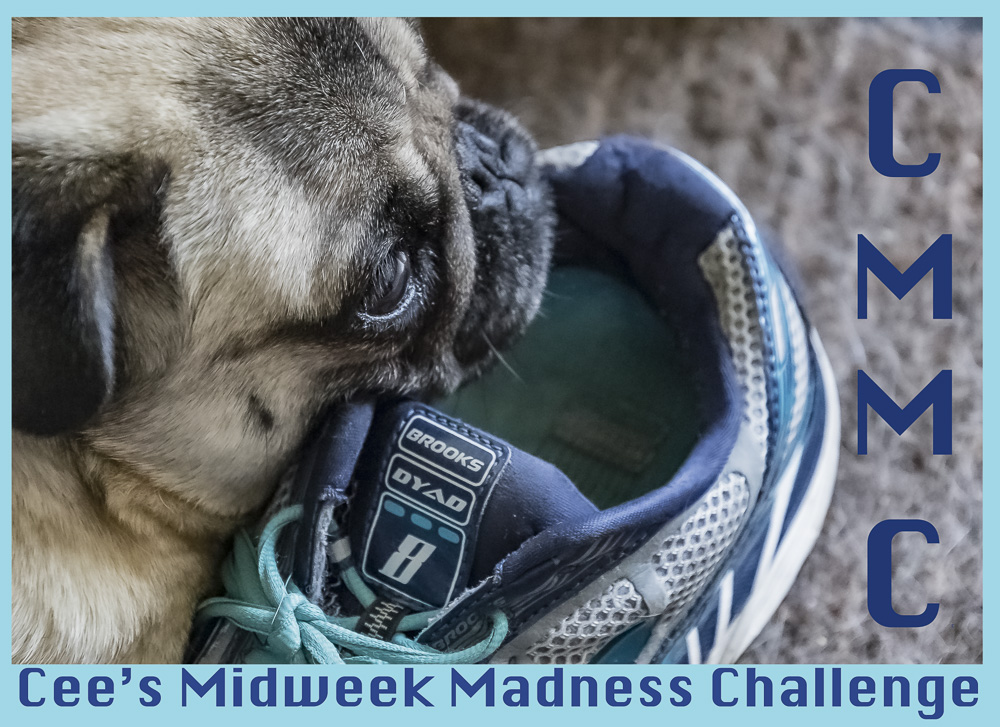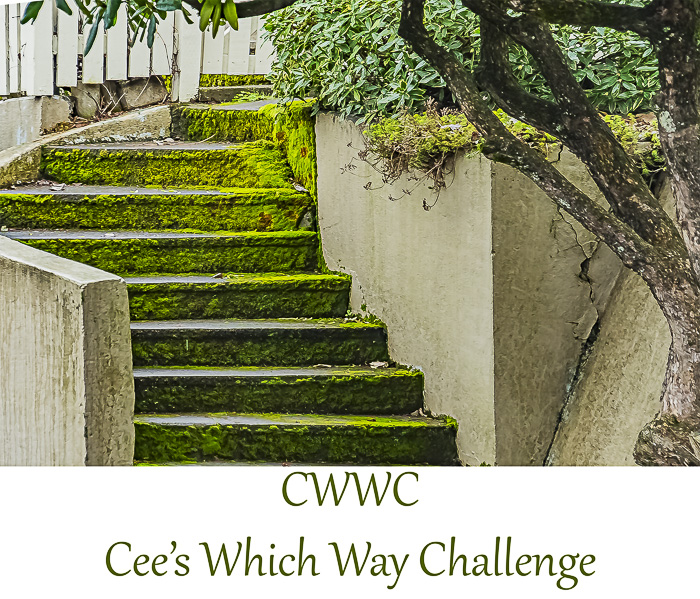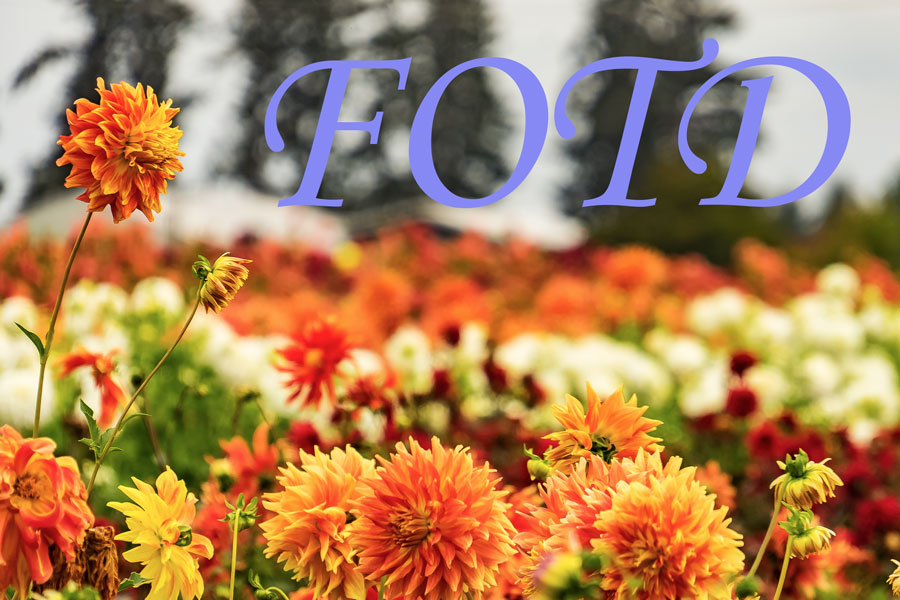
I’m going to be writing a 5 part series on Flower Photography.
- Basics Tips for Outdoor Flower Photography
- Tips Composition and Different Sized Flowers
- Tips on Various Types of Lenses
- Tips on Various Angles for Flowers
- Tips with Black and White Photography
I hope you enjoy this series for flowers. If you want to check out other Tips from Cee.
This week’s tips and tricks will be all about composing a floral macro. This post will be full of photos of flowers that I have taken at with different perspective for you to study. I have four different categories for types of flowers.
- Medium sized: Flowers between 3 and 6 inches in diameter are roses, some dahlias, mums, peonies, lilies, tulips, daffodils, passion flowers, some cactus flowers, camellias, ranunculus, zinnia, daisy, gerbera, water lilies, etc.
- Large sized or multi-bloom: Flower that are usually bigger than 7 inches or more most sunflowers, hydrangeas, rhododendrons, dinner plate sized dahlias, giant hyacinths, bigger, alliums, foxgloves, wisteria, etc.
- Small sized: Smaller than 3″ in diameter are grape hyacinths, most wildflowers, dandelion, snow drops, dutch irises, small daisies, and dutch irises, carnations, pansies, violas, daisies, primroses, crocus, smaller tulips, etc.
- Irregular shaped: columbine, bearded iris, lupine, bird of paradise, lilies, gladiolus, delphiniums, bleeding heart string, etc.
- Bushes, Tree Blossoms and Berries: Fairly self explanatory. I also put azaleas in this category. Rhododendrons I add to the Large Sized Category.
Before I get started on my categories. Always make sure your camera is set on the highest resolution. This allows you to crop and still have good resolution. Especially if you want to see the fine details of macro photography. When taking your photo, always add in a little more of the flower or background, so you have room to crop and adjust the center point.
Another important thing to keep in mind, try not to place the center of the flower directly in the middle. It gives you a flatter and boring photograph. Change up your angle and perspective.
Medium Sized Blooms
Medium sized flowers are the easiest to photograph. They are basically round and have a defined center. You can usually get the entire flower in the frame of your photograph. Remember with close ups and macros you don’t necessarily need the entire bloom in your photo. People eye will automatically fill in the missing parts.
In the photo below I have a full daisy with a bee on it. The flower and bee are basically in the center of the photo. It’s an okay photo and fairly close up since you can see the details of the bee. One thing when i was new to floral photography, I didn’t zoom in real close. This gives me a change to crop the photo differently without losing the content I want.

In the photo below, I cropped the photo from above and moved the bee to the left part of the photo. I think it really makes this daisy pop. If you know rule of thirds, this is a perfect example. I will teach rule of thirds in another Tips from Cee.

I could crop this much of the photo, because I always take my photos in high resolution. So play around with different types of cropping and see how you can change the look and feel of your photo. It will help you develop for your eye for you angles you prefer.
Large Sized or Multi-Bloom

Large Sized or Multi-Bloom
To give you an idea of larger sized blooms the photo below is of a dahlia I took just for fun.
For this next dahlia which is another 10 inch bloom, I actually have a flower and a bud. I purposely showed the side of this bloom to show the depth of the flower.

This sunflower with its petals must was easily over a foot in diameter. I only took a portion of it, because your mind’s eye will finish filling in the rest of the flower.

The multi-blooms are fun to capture. I think of hydrangeas and rhododendrons first because there are plenty in my part of the world to photograph. They have wonderful circular shape when captured as a whole bloom. Once again the right third of the photo is basically negative space.

Smaller Sized Blooms
For smaller blooms you can always get more than one flower in your photo. Try to take photos in clusters of three or five flowers at a time. For some reason odd numbers are more pleasing to the eye.
This primrose photo has 5 blooms with one overlapping which added some dimension to the photo. The raindrops also add texture.

Here are some photos with various numbers of small flowers.
Irregular Shaped Flowers
These have become my favorite to photograph because they are challenging. They come in a variety of sizes and shapes. One thing that really needs to be noted is the background noise. If you are at all like me, I concentrate on getting a good angle on the flower, I forget to see what the background is doing.
I will show you a photo of a bearded iris (on the left side). You can really see from the angle I took the photo, the background walkway is not even. I changed my angle on the iris and was able to get closer a much more attractive photo (on the right side). You can click on any image to view a larger image.
When you are first starting to shoot a new type of flower, always make sure you take lots of photos from different angles. You never know what works or not.
Here are a couple photos of a delphiniums that I have captured over the years. The photo on the left show about half of the long flower and the photo on the right shows just one flower in the cluster. Both are close ups and very different.
In this next photo, I have a gladiolus. I photographed most of the flower and to create some interest, I also show some of the long leaves that grow with it.

Bushes, Tree Blossoms and Berries
Most blooms that fall into this category are in clusters or several little flowers grouped together. If you are taking berries, clusters of berries taken close up can show wonderful textures and shapes. I will show you a slideshow with several examples for you to enjoy.
Next time I will cover different lenses and talk about bokeh a little bit. Bokeh is the visual quality of the out-of-focus areas of a photographic image, especially as rendered by a particular lens.
I’ve gathered a list of challenges and their hosts. So if you know a challenge host, please direct them to my blog. Feel free to contact me anytime. I hope everyone will be able to use my lists.
Qi (energy) hugs
Cee


























I love these tips, Cee The flowers on the piano were a cute variation. The iris is my favorite. It just takes a second to crop, and it often makes a much better picture. Showing two together for the purpose of showing depth explains why I do it. For me, it’s just pleasing to the eye. I’m linking this to my Sunday Stills post as a bookmark and to let people know that you’ve got some great online posts on tips. 🙂
LikeLike
You are so sweet Marsha. I simply adore 😀
LikeLiked by 1 person
Thanks, Cee. It’s the least I can do when you are teaching me so much! 🙂
LikeLiked by 1 person
Thanks, Cee. Beautiful shots!
When you mention shooting in hi res – do you shoot in raw format?
LikeLike
Yep, I shoot in RAW. After the flower series I’m going to do some basic tips for photography and will cover some of the things I haven’t so far.
LikeLiked by 1 person
Looking forward to it. Txs!
LikeLike
You have some beautiful photos and great tips. I think you are ready to publish your Flower Photography book 🙂
LikeLike
Thanks Nora 😀 😀
LikeLiked by 1 person
fantastic tips and such beautiful photos
LikeLike
So glad you like these tips and photos. 😀
LikeLiked by 1 person
I will use your suggestions to hopefully improve on my flower photos
LikeLike
Have fun playing with flower photography 😀
LikeLiked by 1 person
Thanks I will
LikeLike
So many gorgeous blooms to choose from! Thanks, Cee. I’m paying close attention 🙂 🙂
LikeLike
I can imagine you are 😀 😀
LikeLiked by 1 person
oh Cee some superb tips in this, and two I always forget – a) take the picture a bit wider so you can crop after, and b) many angles when it is a new flower. So often I get back after a long walk in the hills and find myself having words with myself because i forgot those two things!!
LikeLike
PS and your photographs are stunning
LikeLike
So glad you like these photos 😀
LikeLike
The one I tend to forget is check the background noise. I concentrate so hard on the flower (or whatever the subject is) ……. Good thing I can crop. LOL
LikeLike
Love we both have photography foibles!
LikeLiked by 1 person
Thanks for sharing your knowledge and expertise of flower photography – and wonderful photos for examples!
LikeLike
Hi Marilyn, nice to hear from you. My pleasure to share this. 😀
LikeLike
This is an interesting read with lots of good tips. You made me smile with the background being crooked. I so often get that. My favourite picture is the pink dogwood – I love the patterns the swirly blue sky makes and they seem to reflect the shape of the petals. I’d love to know how you persuade the flowers to keep still. 🙂
LikeLike
I have a very steady hand and camera and lens with steady shot. Keep your aperture low and shutter fast. That helps as well.
LikeLike
You’ve covered this nicely, Cee, and given us some lovely images- the Dahlia and bud is my favourite!
LikeLike
That dahlia was huge as well as being tall. I had fun with perspective on it. 😀
LikeLike
Gorgeous tips, thank you very much 😊!
LikeLike
My pleasure to share some of my knowledge 😀
LikeLiked by 1 person
Another fantastic set of tips, thanks, Cee 😃
LikeLike
So glad you like these tips. Thanks Jez 😀
LikeLiked by 1 person
Very informative! Thank you! 😺
LikeLike
Thanks Russell 😀
LikeLiked by 1 person
Thanks for these tips Cee. I am fairly new to photographing flowers and these tips are useful for me.
LikeLike
I’m so happy you find these useful. 😀 😀
LikeLiked by 1 person
Fabulous idea Cee. I often get questions about flower photos. Now I can send them your way 🙂🙂
LikeLike
Please do, I’ll gladly help you out. 😀
LikeLiked by 1 person
Hey Brian, I have a question for you. Could you send me an email, I don’t have yours. ceeneuner@me.com
LikeLike
Thanks Cee 🙂 🙂
LikeLike
Gorgeous photos! I found myself oooing a lot.
LikeLiked by 1 person
LOL
LikeLike
Fabulous blooms!
LikeLike
Thanks Margaret 😀
LikeLike
I would like to hear your thoughts on metering modes. 📷
LikeLike
I will do one on Aperture one day. That is basically what I use, since I’m more concerned on what I want in clear focus vs bokeh. There is so much I want to say about photography, but yes that is one thing I want to cover.
LikeLiked by 2 people